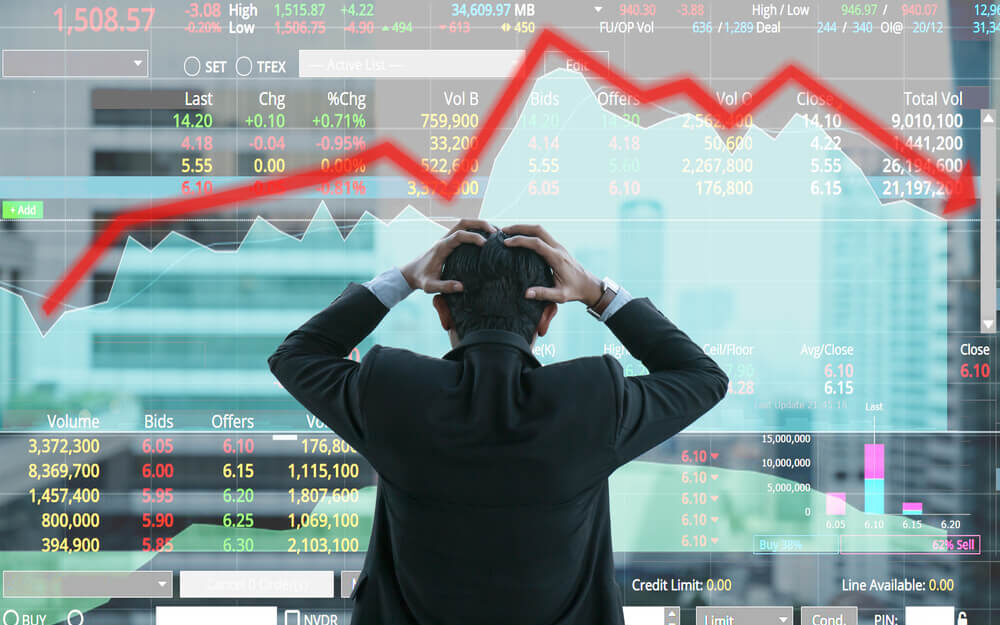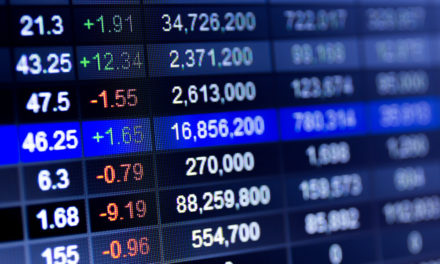If you thought August was a rough month for stocks, you might want to brace yourself for this month.
Stocks tumbled in August, handing the S&P 500 its second monthly loss this year. And odds are that investors won’t recoup those losses in September.
“History says be prepared for a down month because it’s the only month since World War II to post a decline more frequently than an advance,” says Sam Stovall, chief investment strategist at CFRA.
The S&P 500 has fallen in September 55% of the time since World War II. Since 1928 the S&P 500 has on average lost about 1% in September, making it by far the worst month for stocks. September’s track record has been better over the past 10 years, though, with the S&P 500 gaining 60% of the time.
Still, the factors that rattled markets in August are expected to continue weighing on stocks this month: uncertainty over the escalating trade conflict between the U.S. and China, and fear that the dispute will exacerbate a global economic slowdown and tip the U.S. into recession.
“August and September are two of those months that can really trip up bull markets,” said Ryan Detrick, senior market strategist for LPL Financial. “We’re not quite out of the woods yet.”
The S&P 500 ended August down 1.8%. The benchmark index had hit an all-time high as recently as late July.
Trading became volatile last month, with the S&P 500 notching daily moves of at least 1% about half the time, after going nearly two months without such a move.
Only three sectors in the S&P 500 finished August with gains: utilities, real estate and consumer staples, all defensive sectors.
Investors are worried about recession. The bond market seemingly confirmed these fears when long-term bond yields fell below short-term ones, a so-called inversion in the U.S. yield curve that has frequently predicted past recessions.
This month offers no shortage of reasons for further turbulence, including the ongoing trade war and a meeting of the Federal Reserve board.
“You have very big events on the horizon that could absolutely cause a good bit of volatility,” said Detrick.
While history shows September is usually a down month for stocks, past trends also suggest the market could end up bouncing back by the end of the year.
Consider that the past 15 times that the S&P 500 has finished lower in August, it has ended higher by December.
Also, the S&P 500 hasn’t finished lower in a pre-election year since World War II.
Another positive trend to hang your hopes on: When the S&P 500 begins September above its 200-day moving average, as it has this month, it’s ended the month higher eight of the past 10 times, Detrick noted.
The S&P 500’s strong start to the year could also bode well for how its finishes 2019, despite the turbulent summer.
Through April, the market had its third best start to a year since World War II. And in the 28 times since World War II that the market has notched gains in January and February, it has ended the year higher, Stovall noted.
Favorable historic trends are no guarantee, of course. The trade war and signs of a slowing economy remain caution flags for investors, even as resilient consumer spending keeps the U.S. economy growing, albeit more slowly than earlier this year.
“We need to get some positive news that’s constructive action regarding trade,” Stovall said. “If the two biggest economies continue to have a trade disagreement, that’s only going to spell depressing news, if not worse, for the global economy.”
© The Associated Press. All rights reserved.




